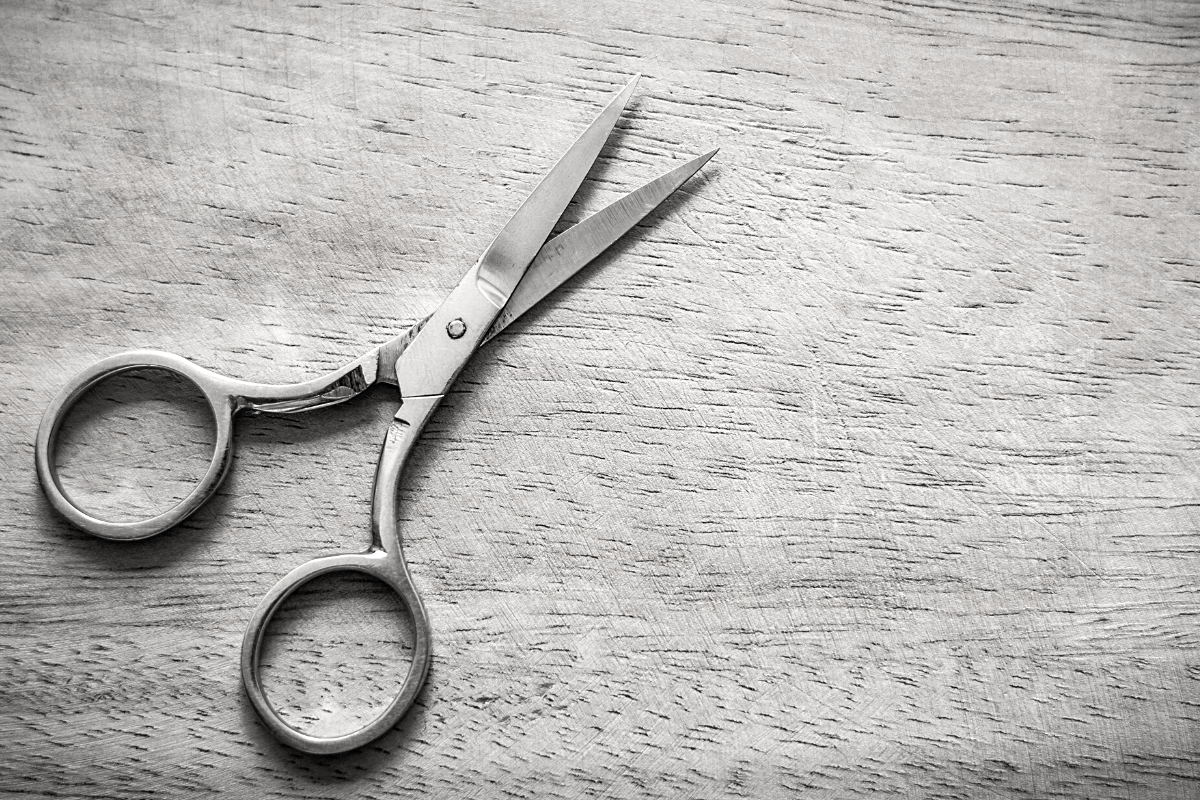7 Tools for Addiction Recovery
Recovery is not just stopping addictive patterns but addressing underlying issues that contributed to destructive behaviours and finding ways to re-engage in life in healthy and fulfilling ways.
Have you ever noticed that some people always seem to be on alert for potential danger? This is especially true for people who have experienced addiction disorders. The human brain is wired to first notice threats and potential threats – it’s actually a survival mechanism. So it makes sense that our nervous system is geared to pay more attention to the things that threaten our survival than a beautiful sunset or the taste of a good meal.
Understanding the threat-response system is vital for those in recovery from addiction.
Our nervous system has two branches responsible for most of what goes on in our brains and bodies: the Sympathetic Nervous System (SNS) and the Parasympathetic Nervous System (PNS). It’s far easier to remember these systems using a metaphor. The SNS is the body’s “accelerator” or “gas pedal” – it’s responsible for high-energy activities and the fight or flight responses to threat.
The PSN is the body’s “brake system” responsible for slowing down, rest, digestion, immune function, and repair. It’s also involved in the freeze response when someone is overwhelmed by stress or trauma. The brake system can be an adaptive “slowing” to rest, heal, and recover. Or it can be a response to a threat that looks like the brake getting slammed on because someone is too overwhelmed.
People who have come through addiction often have a sensitized threat-response system that reacts easily in fight or flight behaviours. Or they can get overwhelmed which leads to shutting down and a freeze response. Both of these responses increase the risk of substance use or relapse behaviours.
A tendency towards either a fight/flight or freeze response increases the risk of substance use or relapse behaviours.
Often, a history of trauma or chronic stress creates the vulnerability to addiction. Research has consistently shown how trauma and stress contribute to an over-active threat-response system. Substance use and addictive behaviours are also a source of threat, even if it seems like a person “chooses” to engage in these harmful behaviours.
There are many ways to lessen the threat-response – many recovery behaviours actually help turn down the gas pedal and then engage the brake in safe ways.
1. Healthy Relationships Are Vital
We are social creatures – our mental, emotional, and physical health actually depends on the quality of relationships. Supportive and caring connections are vital to our well-being. Research shows that when we build connections with others in a healthy way, it decreases the activation of our threat-response network. In addition, social engagement actually helps promote a physically calm state in our body by lowering our heart rate and blood pressure.
There may be no single “secret” to recovery – but strong and healthy relationships are absolutely a key ingredient.
Reconnect with the people that matter in your life. Make amends where necessary. Go to a meeting. Work with a sponsor. Seek the support of a therapist. Join a choir. Play a team sport.
2. The Glass IS Half-Full
There is often more going on that is right instead of wrong – we’re just not good at noticing this simple fact. It is so valuable to learn to “notice the good” going on around you at any given moment. It helps to make an effort to notice “the glass IS half-full”.
Even if there are many painful experiences in your life, there are still many things that work and can provide a way to turn down your threat response.
Savour that chocolate ice cream. Enjoy the warmth of a shower. Connect to the strength of your body as you take a walk. Be intentional about noticing what is working or going well in your life – it might surprise you how much is going right.
3. Gratitude Changes Everything
Here is the bottom line: gratitude increases our sense of wellbeing. Research shows that having a sense of appreciation impacts our physical health positively. It can improve sleep and reduce stress levels by decreasing stress hormones such as cortisol. It’s a valuable tool that builds healthy connections with others. And it helps counter the focus on self that is often a part of addiction.
Most importantly, gratitude can shift our attention to what we have and what is already working.
Create a “gratitude list”. Express appreciation for people who show you kindness. Thank someone for doing their job. Send a thank-you note. Gratitude makes us happier people.
4. Laughter Is Good Medicine
There is nothing like a good laugh to help us feel better and for a good reason. Laughter helps turn down our threat response mechanism turning down the “gas pedal” while activating the “brake”. It helps to release muscle tension and frustration.
Laughter also boosts our immune system and enables connection with the people we are with.
Watch a funny movie or TV show. Listen to comedians you enjoy. Play crazy board games with others. Spend time with people who love to laugh – it’s good for you!
5. Just Keep Moving
There are many benefits of exercise for those in recovery from addiction: it helps reduce stress, promotes better sleep, increases our energy, improves our mood, builds a more robust immune system, and can even help prevent relapse as it creates a healthier lifestyle.
Exercise enhances our lives and makes recovery more sustainable.
Try a new exercise practice. Join a gym. Walk. Ride a bike to work. Learn to waltz. Dance while you wash dishes. Do a workout video at home. Physical exercise is an essential tool for life and recovery!
6. Mindfulness Works
There are the reasons mindfulness works. It turns down the threat response system, redirects the thoughts of an over-busy mind, and engages the body’s braking system. As a result, it helps everything slow down.
Mindfulness is a valuable tool in recovery because it offers help managing emotions, increasing acceptance, and even dealing with cravings.
Notice things. Savour your meal. Connect with what you see, hear, or feel. Notice sensations of breathing. Observe your thoughts and emotions. Take time to practice living a mindful life.
7. The 1% Factor
Even when we feel stuck, there is always something we can do that would move us 1% in the direction of recovery. It is essential to resist the strong pull in the direction of disconnection, cravings, and unhealthy behaviours. The 1% factor can also help us tackle something that feels overwhelming by giving a manageable place to begin.
Sometimes, even the smallest positive action can stop the negative downward spiral.
Go for a 5-minute walk. Make a cup of tea. Write one sentence in your journal. Try a one-minute meditation. One small step forward is better than doing nothing or taking steps backwards!
Recovery gives you a chance to change your life.
Find what works and then keep doing it!
Best wishes in your recovery!


